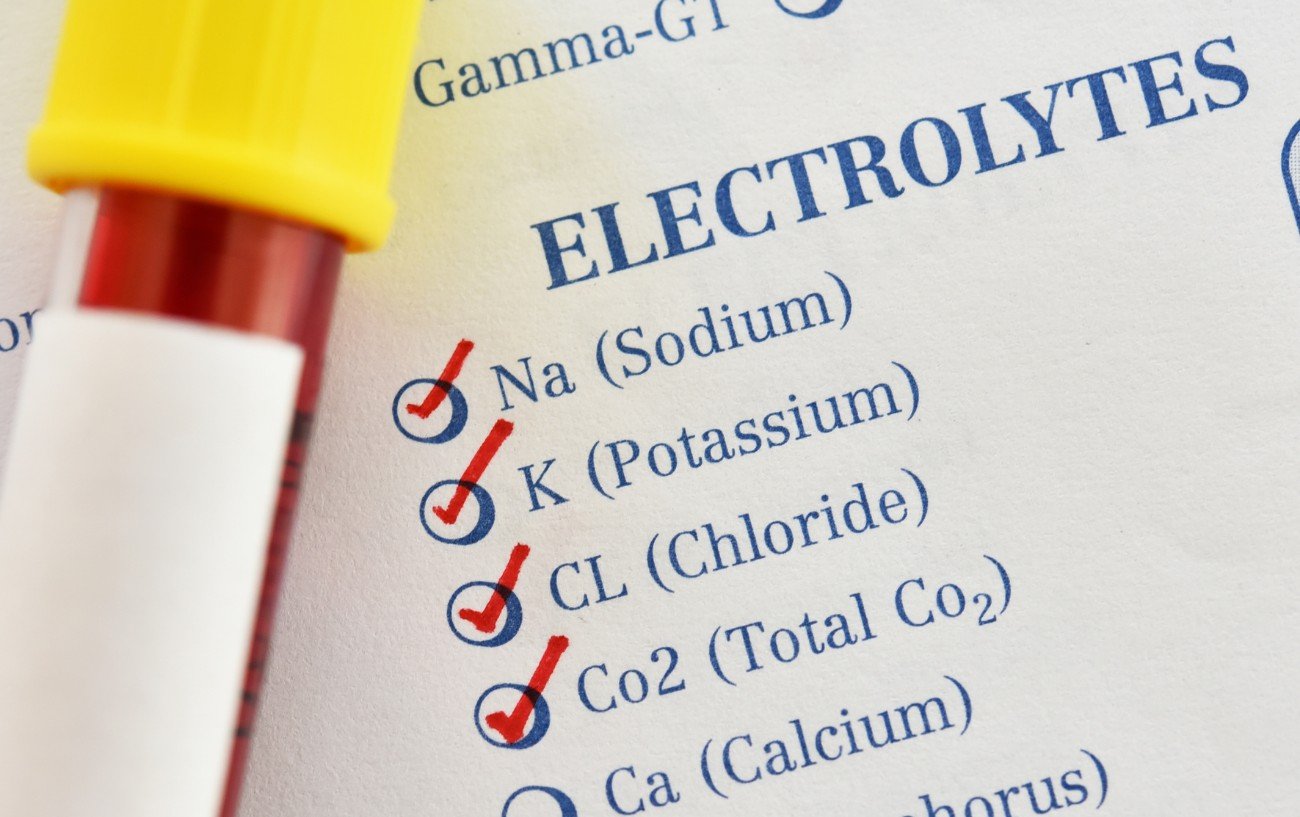Electrolytes do not make your body go, but they help it run smoothly. Similar to the battery in cars, these minerals in your blood and body fluids produce voltages that transfer electrical impulses, in the forms of nerve stimuli and muscle contractions across your cells.
The electricity keeps your organs in good working order. In fact, electrolytes help ensure optimal performance for your digestive, nervous muscular, and cardiac systems. Now we will cover a few basic aspects such as how your body regulates electrolytes. Also, what are indicators of electrolyte imbalances and, the most important thing, how to replenish missing electrolytes?
How the body regulates electrolytes
Your kidneys serve as the hub for electrolyte monitoring. They track changes in your body as a result of shifts within electrolyte concentrations. Exercising for a long time is the most frequent way to shed electrolytes. The hotter the temperature as well as the harder the exercise, the more water is lost.
As per the American College of Sports Medicine, on average people lose about 2 to 6 percent of the weight of their bodies during exercise sessions as sweat is released. Another cause of electrolyte depletion is the cause of chronic symptoms of diarrhea or vomiting. They must be replaced in order to avoid dehydration, and also ensure that vital body functions are operating correctly.

If you’re an extreme athlete and are following an intense workout plan, or suffer from a medical condition that needs to be monitored closely for exercise and fluid intake, Edrea Jones M.D. a Nephrologist, suggests talking to your physician to are aware of your limitations and liquid requirements.
“Staying hydrated is key to proper body function,” says Dr. Jones.
The signs of an imbalance in electrolytes
When the number of electrolytes in your body is too excessive or too low, you could develop:
- Dizziness
- Cramps
- Heartbeat irregularity
- Mental confusion
- The most frequent indication of low electrolytes is muscle cramping. It can be extremely painful and debilitating.
Maintaining electrolyte levels The best way to maintain electrolytes in balance in your body is by paying attention to your thirst. The doctor Dr. Jones recommends drinking about two cups of fluids for 2 hours prior to exercising. Next, try drinking four to six ounces every 15-20 minutes throughout your physical activities. Also, make sure to drink some water with added electrolyte powder following your workout.
How can electrolytes be replenished?
Staying hydrated is key to maintaining the balance of electrolytes. It is the most natural choice for getting hydrated. It is less expensive and more readily available than other drinks. Coconut water can be a good alternative to replenish electrolytes. Coconut water is low on the glycemic indices, consequently, it won’t drastically alter your blood sugar. It has also been proven by studies that it may reduce cholesterol and blood pressure- a heart-healthy reason to drink it.
However, sports drinks are usually more attractive. They contain electrolytes as well as carbohydrates that help to replenish body energy. A lot of sports drinks contain salt chloride, or potassium chloride added as electrolytes which are the most important ones that are lost during exercise. The added sugar and taste of these drinks can entice users to drink a greater amount of them than water.
Drinks to stay clear of
Drinks that contain carbonated soft drinks, juices of fruit, and energy drinks must be avoided as sources of hydration. They are loaded with sugar and calories that are not needed. The carbohydrates in these drinks provide small bursts of energy instead of long-term benefits.
“Staying well-hydrated benefits our bodies in so many intricate ways,” Dr. Jones. “Our bodies are extremely complex, and water is the apex of life, and we can’t do without. This is why you can’t endure more than three or five days without any water intake.”
